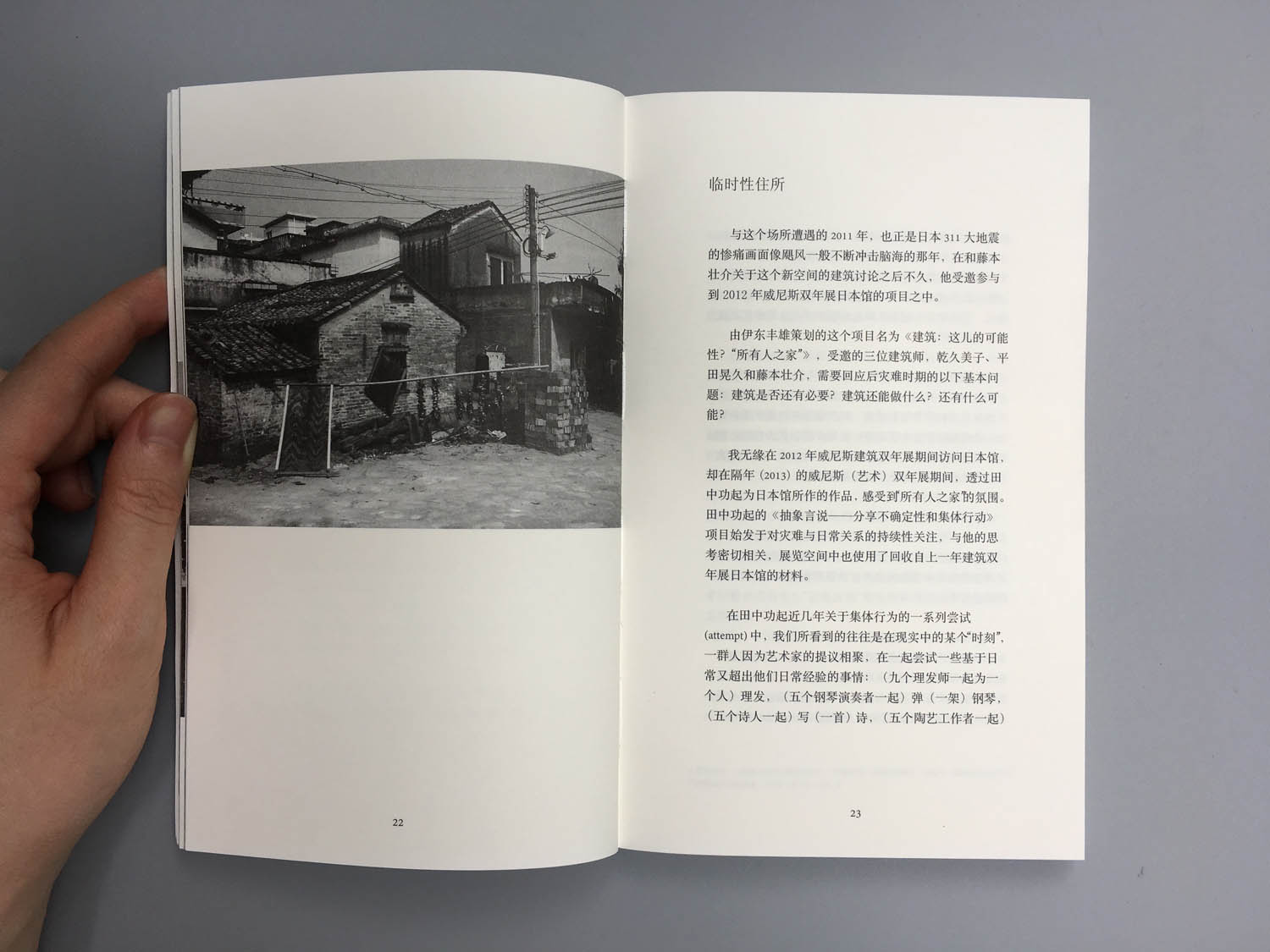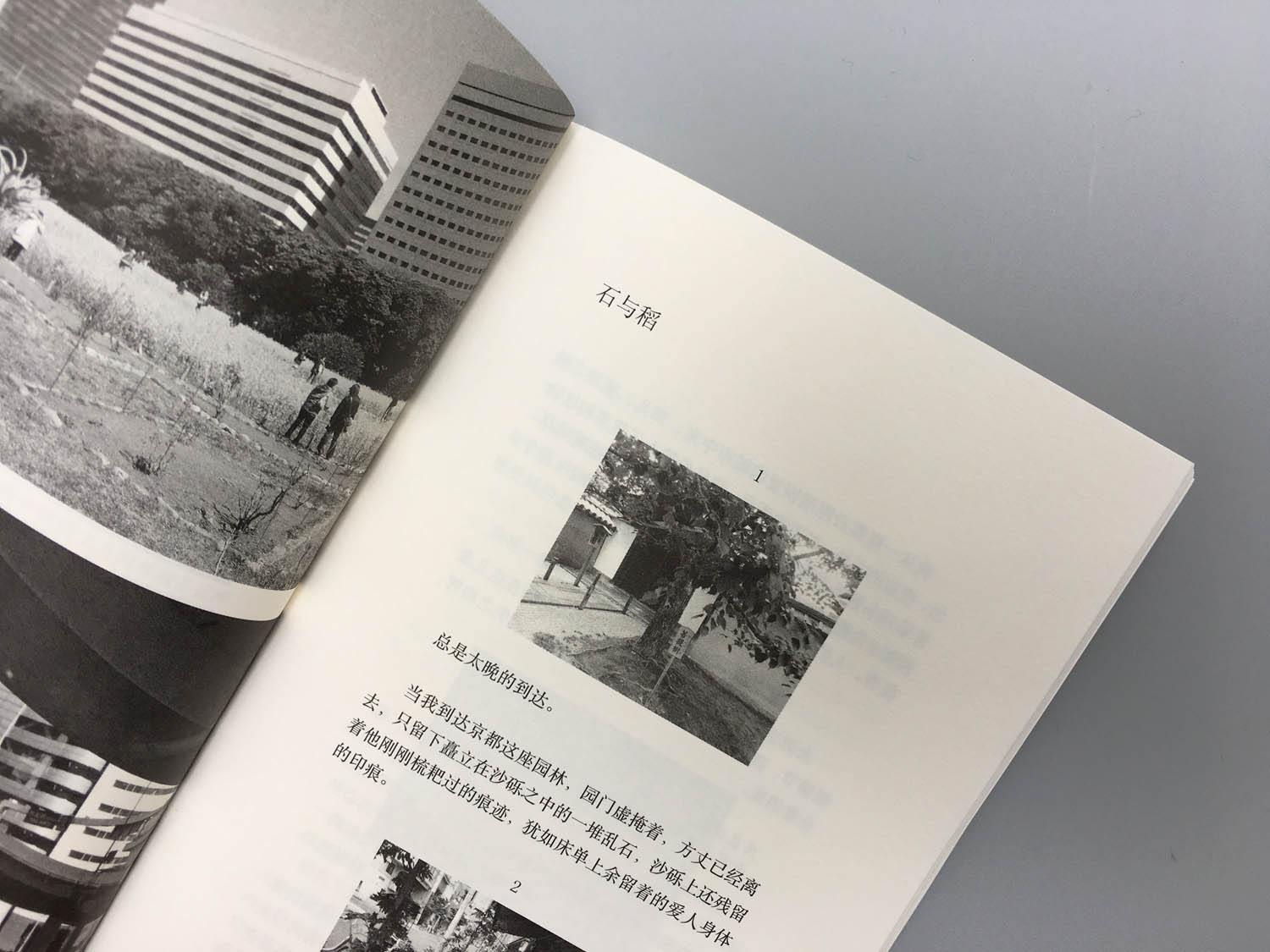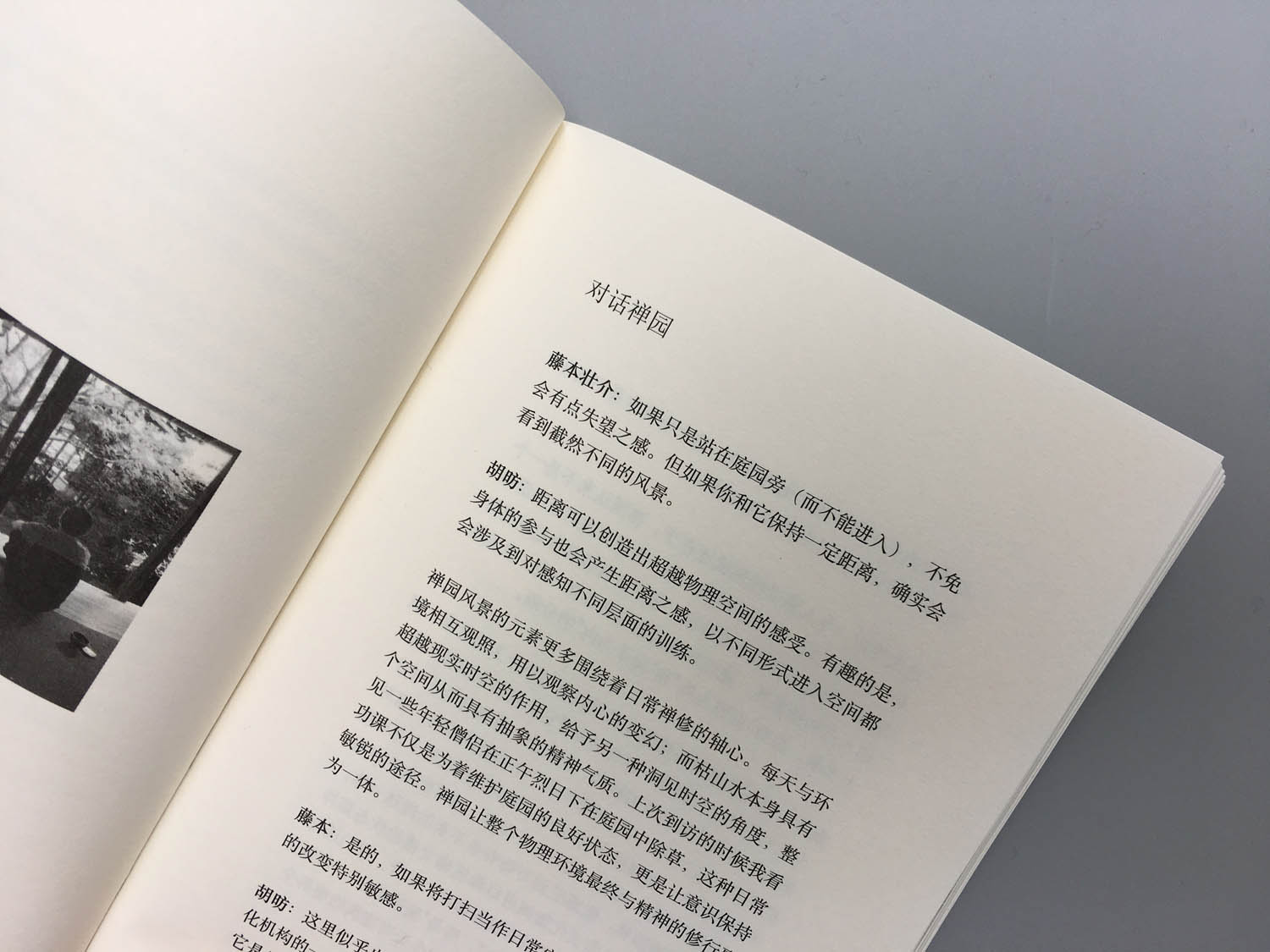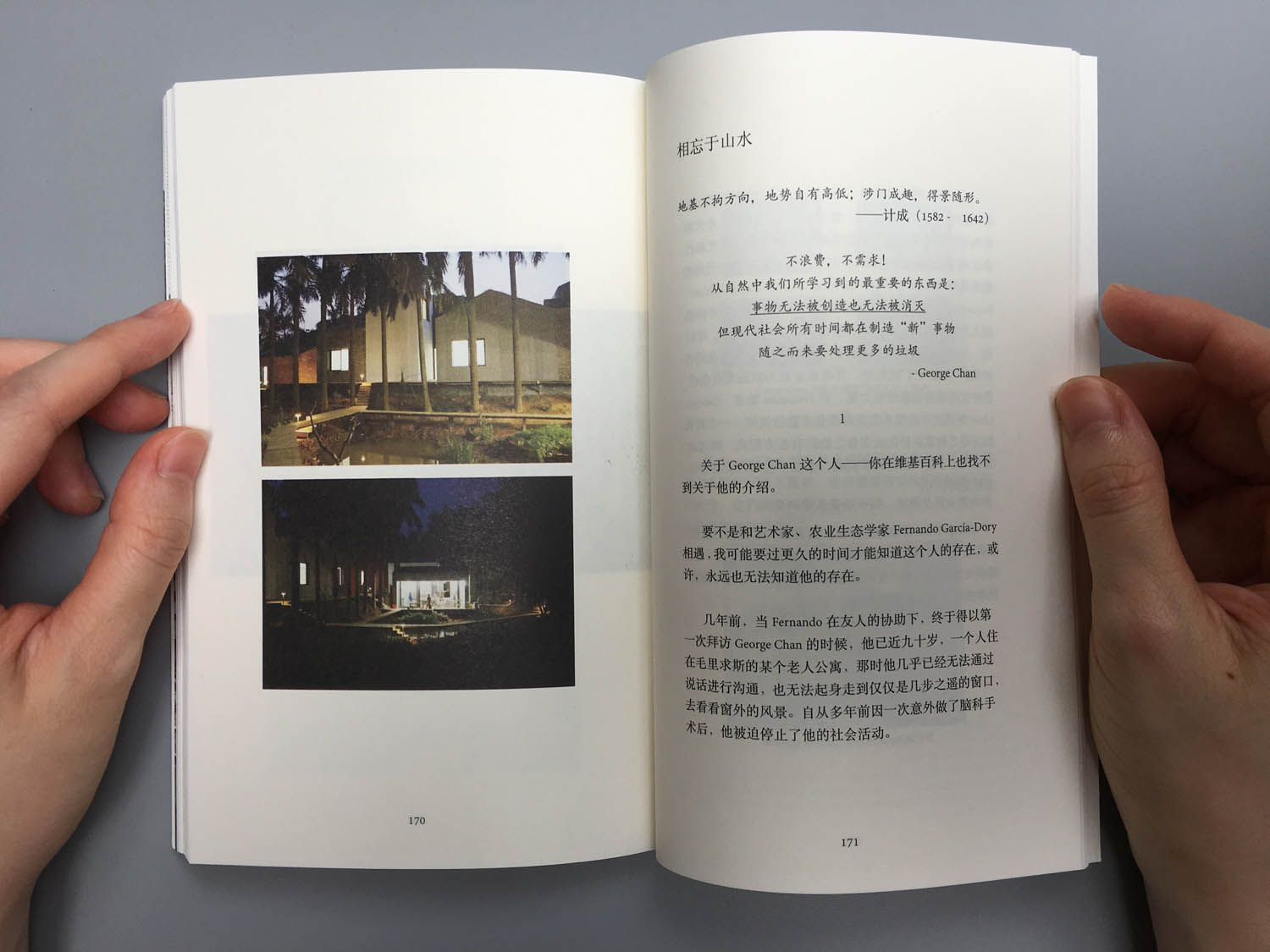The Forking Paths
WeChat Subscription Account
Customer Service
WeChat: theshopwechat
Email: mail@theshop.art
Online time:
(GMT+8) 11:00-18:00 Mon.- Fri.
Except for CN national holidays

Based on research of contemporary living conditions, local history and the actual experience of our daily existence, ‘Mirrored Gardens’ attempts to construct a ‘field’. Here, contemporary art practice, quotidian life and a kind of farming-oriented life practice, meet and overlap with each other.
The architecture of ‘Mirrored Gardens’ is designed by Sou Fujimoto Architects. After three years (2011-2014) of research, design and construction, ‘Mirrored Garden’ has gradually grown into a kind of returning: the returning to a spatial status that naturally transcends from the mundane repetition of human activities.
Written by Hu Fang, Towards a Non-intentional Space (Chinese version) reflects the research and thinking process along with the architectural design and construction in the past 3 years, which is also connected to the re-visiting of Chinese garden and Japanese Zen garden as a re-examination of the meaning of culture institution, Here, the time process of human creative activities becomes the essential element with which to form space. What man and nature create through time will always give life to the space, which will then be given back to us as rich nutrients for life.







Forgetting Each Other in Mountains and Water (excerpts)
Hu Fang
Rather than just a question of the physical formation of landscape, the topography of this place should be understood as being part of a cultural topology, which allows us to imagine the possibility of a “homeopathic architecture” (a kind of architecture that complies with the gravity of the Earth and the human scale of perception).
Spring water, rain water, underground water; drinking, recycling, filtering, purifying, irrigating—the aqueous system here does not aim to create a scenery; instead, it is part of an energy cycle. Civilization tends to mature in river delta, humans always live close to the water because there is a pleasure to sense the transparency of the source of life: we like to be intimate with that which nurtures life.
Here, we try not to block or filter the air by any manmade mechanic system. One of today’s problems is: can we still breathe if there is no manmade mechanic system? We can say that we live soaking in air and here the architecture attempts to create a climate that lets us immerse ourselves in natural air.
While we explore our perceptions of light, we also pay attention to the darkness of night and its disappearance in urban space—how do we preserve the dark night here?
Different models were produced during the process of conceptualizing ‘Mirrored Gardens,’ and these spatial or thinking models not only point towards this place, but also to other places; they not only point towards farmland, villages and the city close by, but also to the mountains, rivers and ancient gardens. When looked at from a faraway star, ‘Mirrored Gardens’ may appear to be a spot point in the complex body system of the Earth; and like a small spot in the meridian systems of the human body, it connects the flow of many different energies. While the reasons behind these energy flows remain obscure, they represent both the aspiration to create and to perish.
Can art, through the persistent quotidian practice of it, hold the possibility of becoming a kind of collaborated labor with our other essential aspects of life? Can it become a system that can always regenerate values, something similar to sustainable agriculture? Here, art will be experimented in reality through the abstract effects of time (whose results may be forever delayed, however). It will learn from all the wisdom of humankind, and become itself an inspiring and contagious practice of living wisdom. From there, materials, skills, humanness and occasionality interweave, representing a view of a vivacious world.
—Excerpts from Towards a Non-intentional Space (Chinese version), The Pavilion, 2015, pp.174-177
The Forking Paths
WeChat Subscription Account
Customer Service
WeChat: theshopwechat
Email: mail@theshop.art
Online time:
(GMT+8) 11:00-18:00 Mon.- Fri.
Except for CN national holidays
Size: 17.5×11 cm
Page: 187
Year: 2015